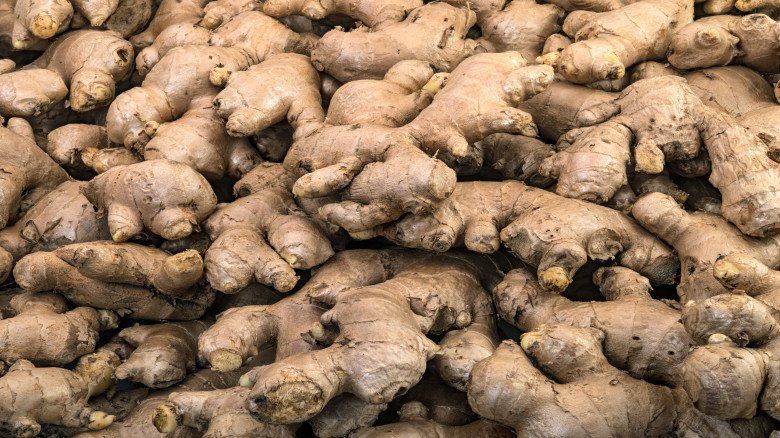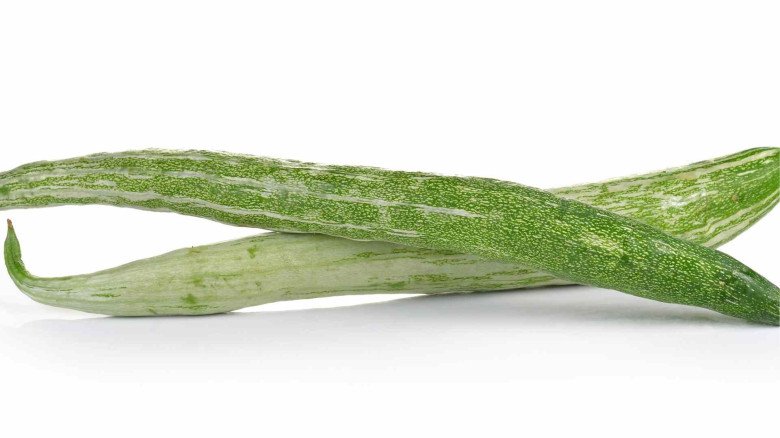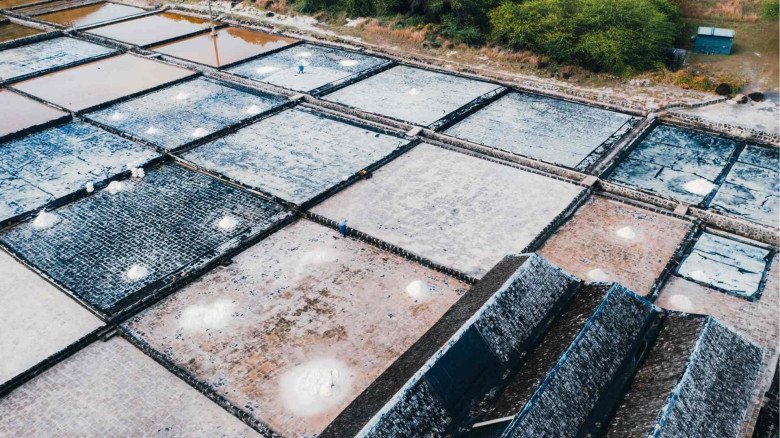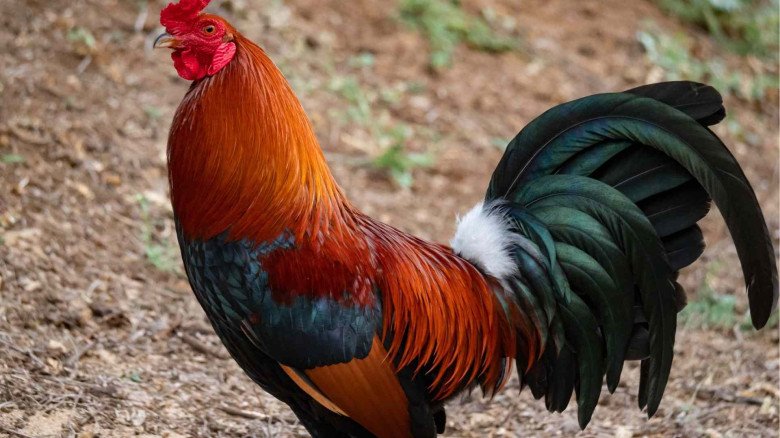The Fascinating World of Silkworm Cultivation | A Guide to Sericulture
The history of silk, sometimes called the "Queen of Fabrics," spans thousands of years. For generations, this exquisite fabric has been linked to prosperity, grace, and beauty. However, have you ever pondered how silk is created from the ground up? The amazing process of raising silkworms holds the key to the solution.
The Silk Worm | The Natural Silk Producer
The silkworm, technically known as Bombyx mori, is a little, inconspicuous organism that is the first in the manufacture of silk. These amazing insects have been tamed for thousands of years in many regions of the world, chiefly China, the birthplace of silk manufacture.
The four stages of a silkworm's life cycle, or Bombyx mori, are interesting. A female moth lays its small eggs at the beginning of the process, farming which is followed by an incubation phase. After hatching, the silkworm goes through the larval stage, when it molts several times while growing and ingesting an abundance of mulberry leaves. During the pupal stage, the silkworm uses silk strands released from its salivary glands to spin a protective cocoon around itself after it reaches a certain size. The silkworm changes into a moth within the cocoon during its metamorphosis. At that point, the amazing voyage of silk manufacturing comes to an end as this moth emerges from the cocoon, ready to procreate and carry on with its life cycle.
Mulberry Trees | A Source of Food
Silkworms have very particular diets. They only consume the leaves of the Morus spp. mulberry tree. Mulberry trees are a vital part of silk worm farming since the quality of the leaves directly affects the quality of the silk produced.
Harvesting Silk
The silk worms finish their work in the cocoon after around two weeks. The cocoon must be properly harvested as the following stage. The sericin, a protein that keeps the silk threads together, is softer and simpler to unravel when the cocoons are cooked. Long, continuous silk threads are produced by this delicate procedure.
The Prospects for Cultivating Silk Worms
Even if the history of silk production is lengthy, there are still difficulties. The use of ethical and sustainable manufacturing techniques for silk is growing in favor. A growing number of growers are investigating non-toxic silk extraction techniques and organic cultivation methods. These developments meet ethical standards in addition to being more ecologically beneficial.
To sum up, the process of cultivating silk worms is intriguing and complex, and the end product is one of the most sought-after fabrics in the world. Every stage of the voyage, from the microscopic eggs to the opulent fabric, is a monument to both the wonders of nature and human inventiveness.
So the next time you put on a silk shirt, remember the amazing journey that led to the creation of that beautiful cloth. It is evidence of the cooperation between people and silkworms, who are nature's own silk factory.
-logo.webp.png)

-logo.webp.png)


































Leave A Comment